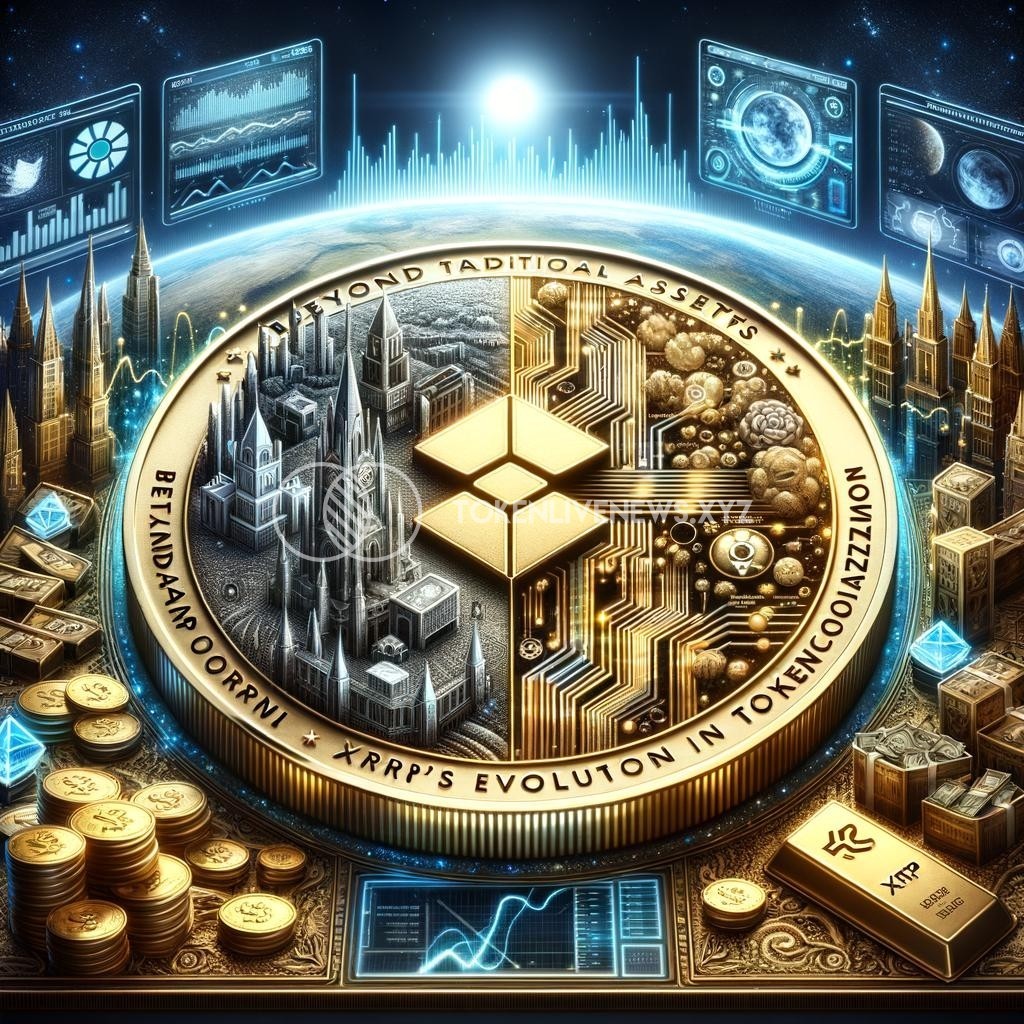Beyond Traditional Assets: XRP‘s Evolution in Tokenization
In the ever-evolving world of cryptocurrencies, XRP has been making significant strides in revolutionizing tokenization beyond traditional assets. As the third-largest cryptocurrency by market capitalization, XRP has managed to position itself as a frontrunner in this domain, offering unique solutions to bridge the gap between traditional financial systems and the rapidly expanding digital economy.
Tokenization refers to the process of converting real-world assets, such as stocks, bonds, or even real estate, into digital tokens that can be easily traded on blockchain platforms. It has emerged as a disruptive technology with immense potential to revolutionize the financial landscape, enabling fractional ownership, increased liquidity, and enhanced security.
XRP, developed by Ripple Labs, initially gained recognition as a digital asset facilitating fast and cost-effective international money transfers. However, its utility extends far beyond that. RippleNet, the global payments network powered by XRP, provides a seamless platform for not only transferring money but also tokenizing various assets securely and efficiently.
One of the major advantages of using XRP for tokenization lies in its superior speed and scalability. The XRP Ledger can handle a massive number of transactions per second, making it one of the fastest and most efficient blockchain networks available. This speed is crucial when dealing with tokenized assets, as it allows for real-time settlement and increases the overall liquidity of these assets.
Moreover, XRP’s integration with the Interledger Protocol (ILP) enables the seamless transfer of value across different blockchains and payment networks. This interoperability further expands the potential use cases for tokenization, allowing assets from various networks to be easily exchanged and traded.
XRP’s potential in tokenization goes beyond traditional financial assets. It has the ability to tokenize real-world objects such as art, collectibles, or even intellectual property rights. This opens up new avenues for investors and creators alike, allowing them to easily fractionalize ownership and unlock liquidity in previously illiquid assets.
Furthermore, XRP’s tokenization capabilities can greatly benefit emerging markets and the unbanked population. By tokenizing assets traditionally inaccessible to these individuals, such as land or commodities, XRP can empower them with newfound financial opportunities and foster economic growth.
Ripple Labs is actively collaborating with financial institutions, regulators, and other stakeholders to establish a standardized framework for asset tokenization. This collaborative effort aims to create a secure and regulated ecosystem, ensuring the integrity of tokenized assets and providing investors with confidence and trust.
In conclusion, XRP’s evolution in tokenization represents a significant milestone in the digital asset space. Its speed, scalability, interoperability, and potential to tokenize a wide range of assets make it a strong contender in the tokenization revolution. As the global financial landscape continues to embrace the digital age, XRP paves the way for a future where traditional assets are seamlessly digitized, traded, and accessible to a broader audience.







